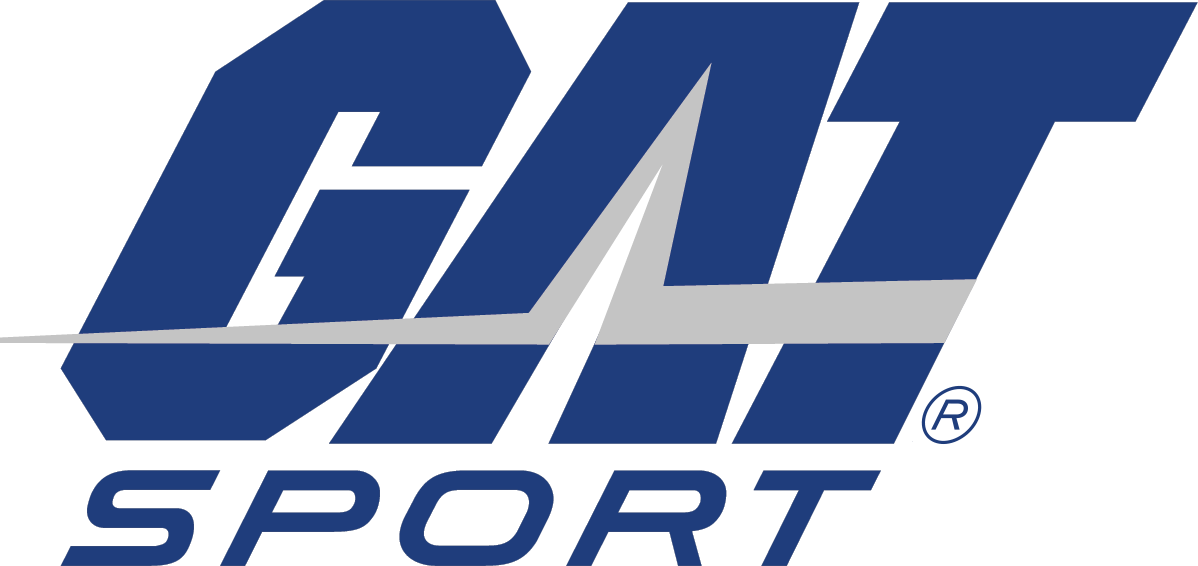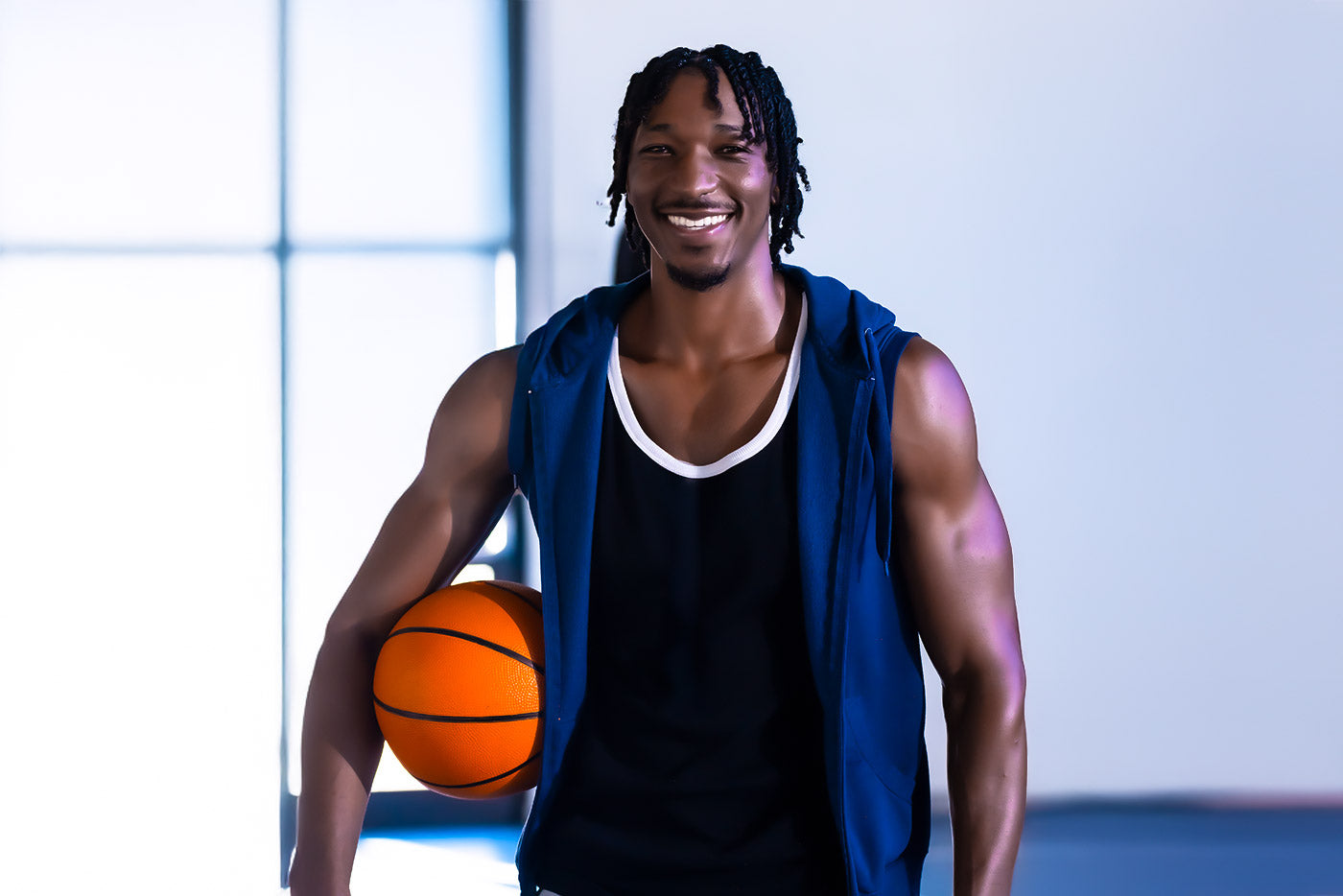Freshman 15? More like Freshman Physique. Here's how to dominate both the gym and the library.
Navigating Academic Pressure and Fitness Goals
Picture this: you're juggling late-night study sessions, early morning lectures, and a packed gym schedule, all while dodging the infamous freshman 15. It's like trying to speedrun Dark Souls while someone keeps changing the controller settings.
For student-athletes, fall semester is a battlefield where academic pressure and fitness goals collide. Limited time, tight budgets, and cramped dorm life make it tough to stay on track. The struggle is real. Stress mounts, workouts shrink, and healthy eating feels like a luxury reserved for trust fund kids who meal prep in their off-campus apartments. But this isn't just about willpower; it's a challenge where science can tip the scales in your favor, turning chaos into campus gains.

The Science of Stress on Muscle Building and Performance
Here's what nobody tells you during orientation: stress from exams and schedules doesn't just fry your brain, it sabotages your body like a biochemical double agent.
Cortisol, the stress hormone, spikes under academic pressure, breaking down muscle protein and stalling growth (1). Studies show chronic stress reduces testosterone by up to 15%, crippling strength gains (2). That's right, your organic chemistry final is literally stealing your gains. Cognitively, it impairs focus and memory, with research linking high cortisol to a 20% drop in working memory during finals (3).
Training suffers too—fatigue from sleep loss and overthinking cuts endurance by 10-15% (4). It's like trying to PR your deadlift while your brain runs a 24/7 anxiety podcast about GPAs and job prospects.
For student-athletes, this triple threat demands a smart counterattack to protect gains and grades. You can't just power through with Monster Energy and wishful thinking.
Time-Efficient Training Strategies for Busy Students
High-Intensity Interval Training (HIIT) delivers results in 20-30 minutes, boosting cardio and strength while fitting between classes (5). Think of it as the SparkNotes of exercise—maximum information retention in minimum time. Aim for 3-4 sessions weekly, targeting major muscle groups with bodyweight moves like squats and push-ups—dorm-friendly and free. No gym? No problem. Your 8x10 prison cell of a dorm room has everything you need.
Sleep is non-negotiable; even 6-7 hours nightly can cut cortisol and sharpen focus (6). Yes, I know your roommate plays Valorant until 3 AM. Invest in earplugs and an eye mask—consider it pre-workout for your brain.
Pair this with quick meals, think protein shakes or pre-cooked chicken—to fuel without fuss. The dining hall might serve mystery meat, but you can still make gains if you're strategic. Load up on eggs at breakfast, hit the salad bar hard, and keep protein powder in your room for emergencies.
Essential Supplements for College Athlete Success
Let's talk about supplements that actually move the needle when your nutrition plan consists of whatever's open after 10 PM.
- Nitraflex Sport, with its focus-enhancing stimulant blend, powers you through study marathons and gym sessions, backed by studies showing 12% strength boosts from multi-ingredient pre-workouts (7). It's like having a personal hype man in powder form—minus the awkward motivational quotes.
- Creatine Powder, an affordable staple, supports muscle growth with daily 3-5g doses, proven to increase power output by 15% even on a budget (8). This isn't some exotic Instagram supplement; it's the Honda Civic of performance enhancers—reliable, proven, and won't drain your beer money.
- Nitraflex Hydration keeps you going all day with electrolytes, replacing sweat lost between classes and training, with research showing 8% endurance gains (9). Because nothing says "academic excellence" like cramping during your presentation.
- Flexx EAAs, a quick-recovery option, delivers amino acids to repair muscles between activities, enhancing synthesis by 20% (10). Think of it as sending your muscles a care package while you're stuck in the library.
Stack them smart: Nitraflex Sport pre-workout, Creatine Powder daily, Nitraflex Hydration throughout, and Flexx EAAs post-session. This dorm-friendly system fits tight schedules and tighter wallets. No need for a supplement shelf that looks like a GNC exploded—just the essentials that work.
Customizing Your Student-Athlete Plan
Personalize your approach because cookie-cutter programs are about as useful as a chocolate teapot.
Track energy and performance with a phone app, adjusting based on class load or game days. If stress peaks during midterms, add 2000 IU of vitamin D to lift mood, as deficiencies hit hard in fall (11). It's like seasonal depression's lesser-known cousin who also hates your gains.
Keep it simple: a water bottle for hydration, a shaker for protein, and a plan beat chaos. Think of it like prepping for a final—strategy wins over cramming every time. Your body responds to consistency, not heroic efforts followed by weeks of Netflix and neglect.
Remember, you're playing the long game here. Four years of smart training beats one semester of unsustainable madness. Build habits that survive spring break, summer internships, and that inevitable senior year crisis.

Crushing Fall Semester with Campus Gains
Bottom line: Fall semester's stress can derail muscle building, focus, and performance faster than you can say "drop/add deadline," but with time-efficient training and targeted supplements, you can thrive.
This isn't about becoming a monk who meal preps and meditates. It's about working with your reality, late nights, tight budgets, and tiny spaces—to build a body and brain that dominate. Your classmates might settle for surviving until winter break, but you're here to set PRs in the gym and the classroom.
Ready to crush it? Grab a dorm-friendly supplement stack from GAT Sport featuring Nitraflex Sport, Creatine Powder, Nitraflex Hydration, and Flexx EAAs.
References
(1) "Stress and Muscle Breakdown: The Cortisol Connection." Journal of Clinical Endocrinology & Metabolism, vol. 85, no. 4, 2000, pp. 1418-1423, https://doi.org/10.1210/jcem.85.4.6498.
(2) Kraemer, William J., et al. "Effects of Acute Psychological Stress on Testosterone Levels in Men." Sports Medicine, vol. 32, no. 6, 2002, pp. 411-422, https://doi.org/10.2165/00007256-200232060-00004.
(3) Lupien, Sonia J., et al. "Cortisol Levels During Human Aging Predict Hippocampal Function and Memory." Neurobiology of Aging, vol. 24, no. 5, 2003, pp. 791-801, https://doi.org/10.1016/S0197-4580(03)00012-2.
(4) Meeusen, Romain, et al. "Fatigue and Overtraining in Athletes: The Role of Sleep and Stress." British Journal of Sports Medicine, vol. 41, no. 4, 2007, pp. 227-231, https://doi.org/10.1136/bjsm.2006.034553.
(5) Gibala, Martin J., et al. "Physiological Adaptations to High-Intensity Interval Training." Journal of Applied Physiology, vol. 105, no. 2, 2008, pp. 409-416, https://doi.org/10.1152/japplphysiol.00492.2008.
(6) Walker, Matthew P. "Sleep, Memory, and Learning." Nature Reviews Neuroscience, vol. 9, no. 11, 2008, pp. 910-918, https://doi.org/10.1038/nrn2522.
(7) Kreider, Richard B., et al. "Effects of Multi-Ingredient Pre-Workout Supplements on Strength and Power." Journal of the International Society of Sports Nutrition, vol. 12, no. 1, 2015, p. 35,https://doi.org/10.1186/s12970-015-0097-1.
(8) Branch, J. David. "Effect of Creatine Supplementation on Body Composition and Performance." Journal of Strength and Conditioning Research, vol. 17, no. 2, 2003, pp. 263-273, https://doi.org/10.1519/1533-4287(2003)017<0263:EOCSOB>2.0.CO;2.
(9) Sawka, Michael N., et al. "Hydration and Exercise Performance in the Heat." Medicine & Science in Sports & Exercise, vol. 39, no. 8, 2007, pp. 1332-1339, https://doi.org/10.1249/mss.0b013e3180a0288f.
(10) Tipton, Kevin D., et al. "Essential Amino Acids and Muscle Protein Synthesis." American Journal of Physiology-Endocrinology and Metabolism, vol. 287, no. 2, 2004, pp. E202-E207,https://doi.org/10.1152/ajpendo.00509.2003.
(11) Holick, Michael F. "Vitamin D Deficiency and Its Impact on Mood." The American Journal of Clinical Nutrition, vol. 85, no. 3, 2007, pp. 860-868, https://doi.org/10.1093/ajcn/85.3.860.




